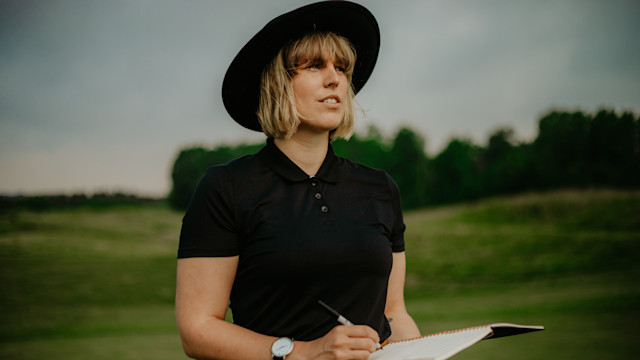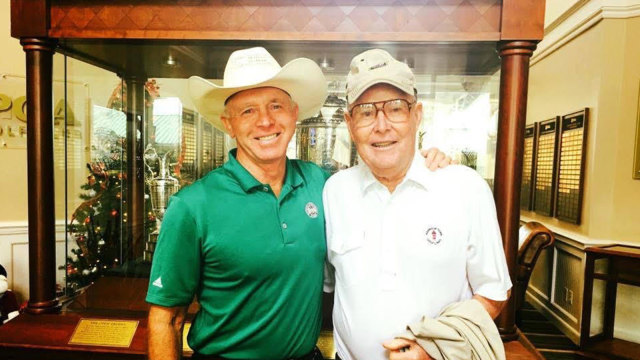Course Spotlight
Pete Dye's Best Public Course Designs You Can Play
By Tim Gavrich
Published on
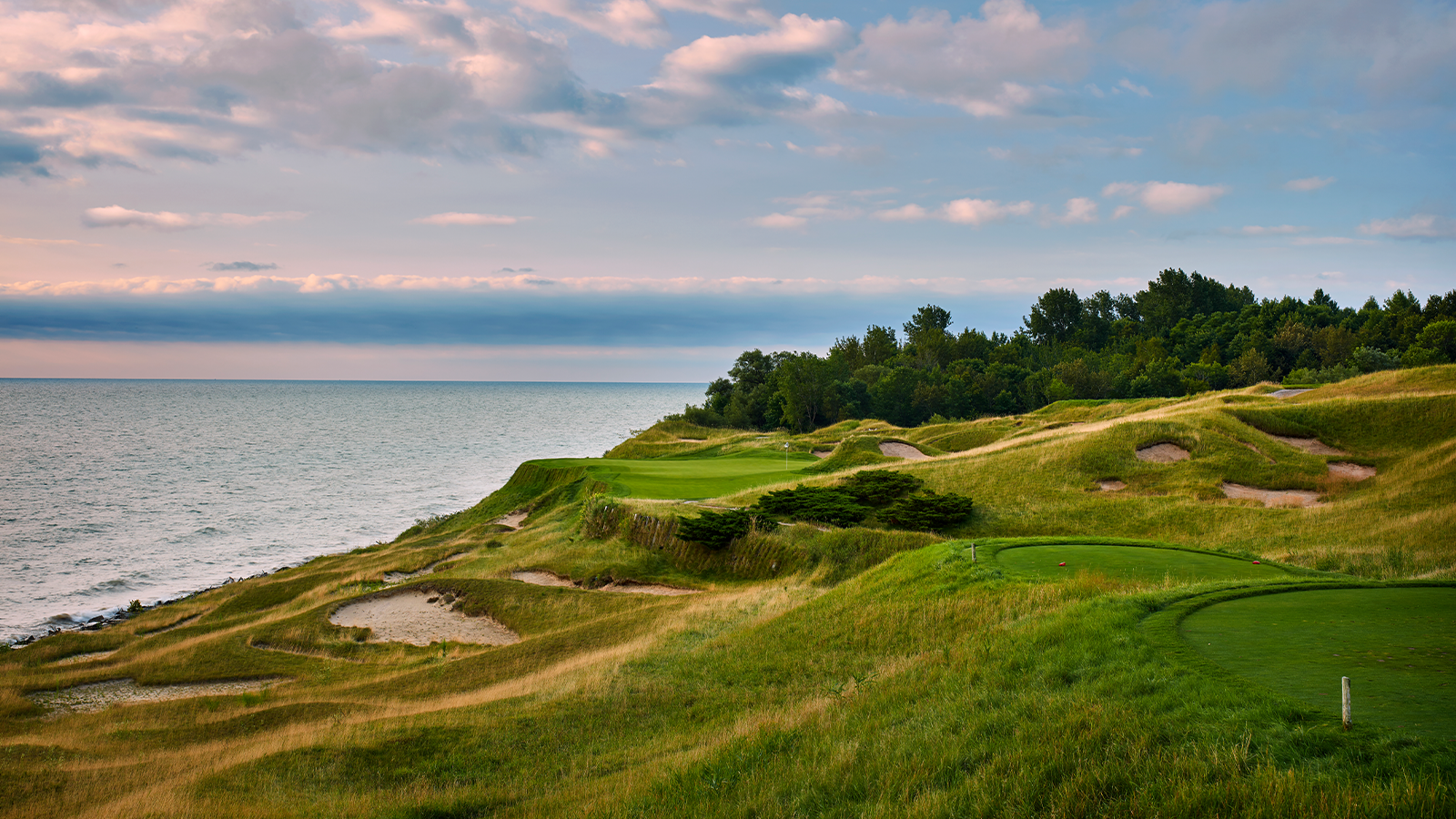
A view from the 17th hole of the Straits Course at Whistling Straits in Wisconsin.
Long live the golf courses of Pete Dye.
The arc of golf course history has played out in phases, and with the help of wife Alice, the great Indianan helped to link the classic with the contemporary eras more than any other practitioner of architecture.
The arc of golf course history has played out in phases, and with the help of wife Alice, the great Indianan helped to link the classic with the contemporary eras more than any other practitioner of architecture.
Inspired by the Scottish links that reared Donald Ross and the stateside engineering marvels performed by Seth Raynor, Dye has left a deep imprint on the game not only in the form of his own golf courses, but his mentorship of great latter-day architects like Tom Doak, Bill Coore, Tim Liddy and dozens more.
More than any other architect – classic or modern – whose courses I have been fortunate enough to study up close, Dye’s best work propels golfers to become better. After any round, I find myself eager to hone my game, whether it’s trying to drive the ball a little farther, a touchy short game shot I didn’t quite pull off, or something as ineffable as strategic decision-making.
I’ve played 21 courses Pete Dye was involved with, and most of them are publicly accessible, too. These are my five favorites:
More than any other architect – classic or modern – whose courses I have been fortunate enough to study up close, Dye’s best work propels golfers to become better. After any round, I find myself eager to hone my game, whether it’s trying to drive the ball a little farther, a touchy short game shot I didn’t quite pull off, or something as ineffable as strategic decision-making.
I’ve played 21 courses Pete Dye was involved with, and most of them are publicly accessible, too. These are my five favorites:
5. Nemacolin – Mystic Rock Course (Farmington, Pa.)
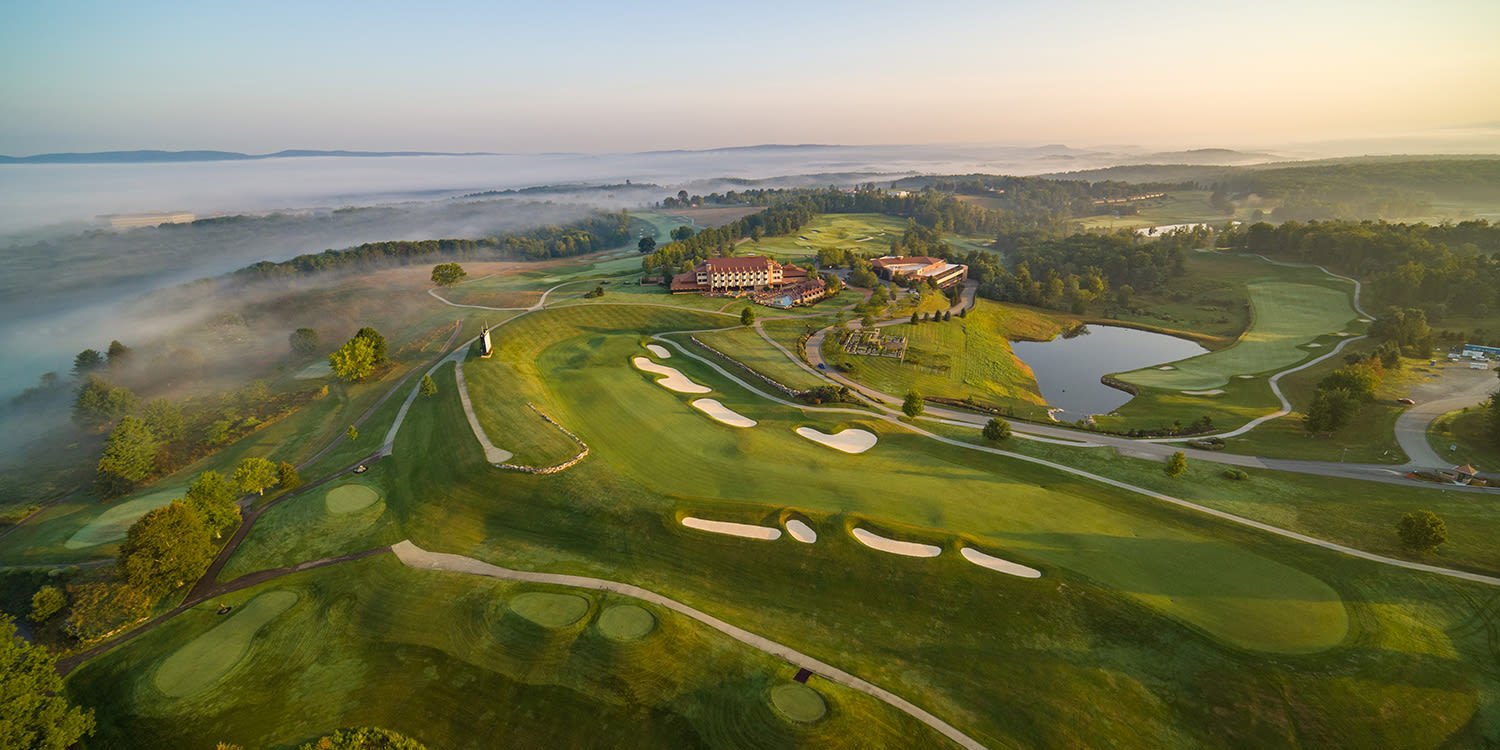
Nemacolin's Mystic Rock Course.
Tucked away in southwestern Pennsylvania, Nemacolin is hard to describe, and that’s part of the charm of the place. Equal parts luxury golf destination and quirky menagerie of zoo animals, upscale restaurants and more fine art than at most museums, it is exactly the sort of place where Pete Dye excelled. Built in 1995, his original course there honors the rocky terrain with bold, adventurous golf, hole after hole, forming a journey that tests any golfer while also showcasing the beauty of the Allegheny Mountains. Best of all, he routed the course to be walkable; it hosted a PGA Tour event from 2003-06. Frank Lloyd Wright, whose famous Fallingwater house is 15 minutes away, would have approved of Dye’s work here.
4. PGA Golf Club – Dye Course (Port St. Lucie, Fla.)
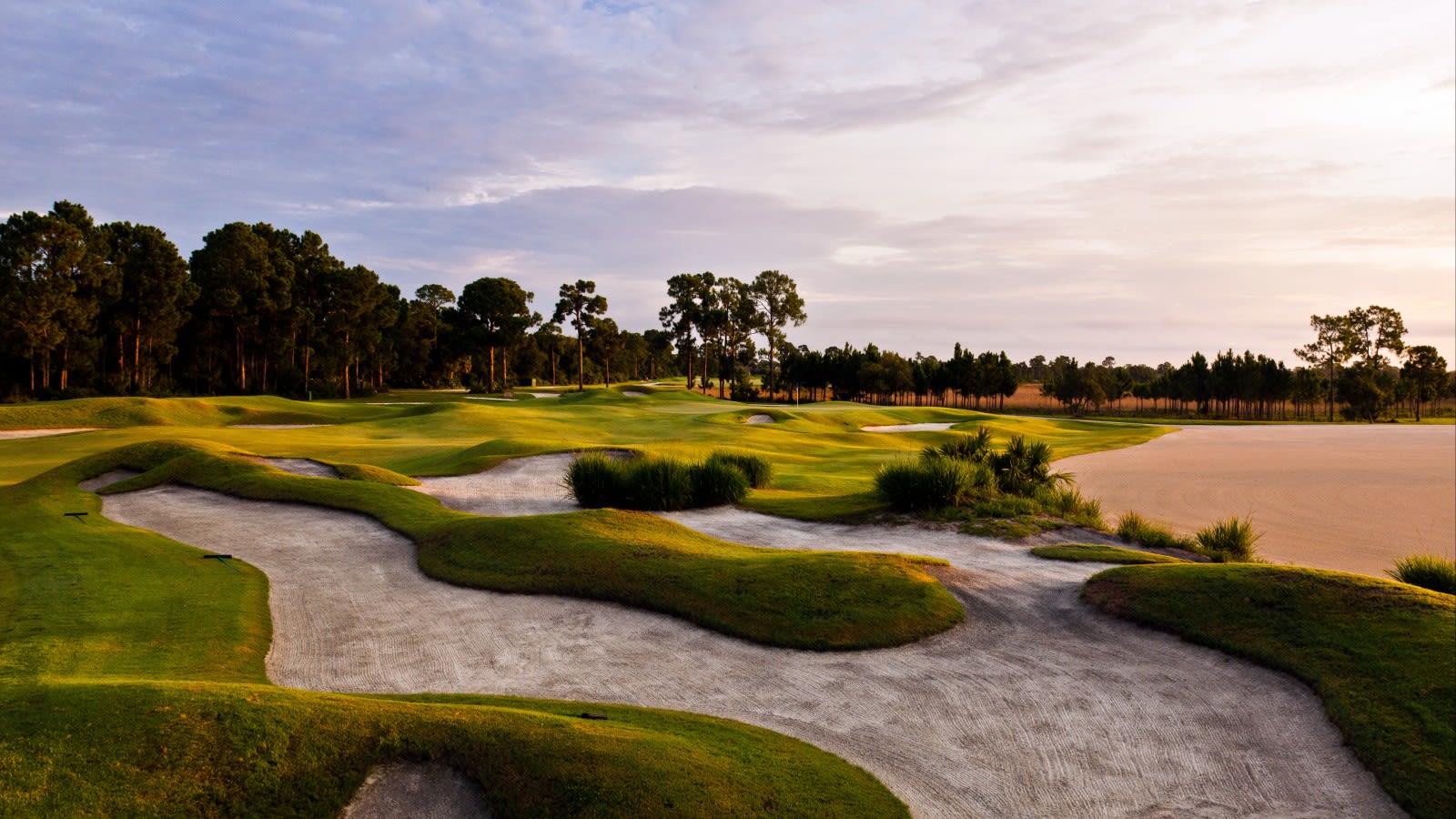
PGA Golf Club's Dye Course in Port St. Lucie, Florida.
I’ve played this course more than a dozen times since moving 30 minutes away, to Vero Beach in 2014, and notice that I’m just a little more excited to play it each successive time – that’s a mark of a superior golf course. With four brutish par fours mixed in with an exquisite set of par 5s and other birdie holes, the course perpetually keeps golfers on alert without beating them up, though it can be very difficult when the wind sweeps across the Big Mamu Swamp. A dynamite set of green complexes – some at grade, others perched above their surrounds – rounds out this complete and fun examination of any golfer’s game.
3. The Ocean Course at Kiawah Island Golf Resort (Kiawah Island, S.C.)
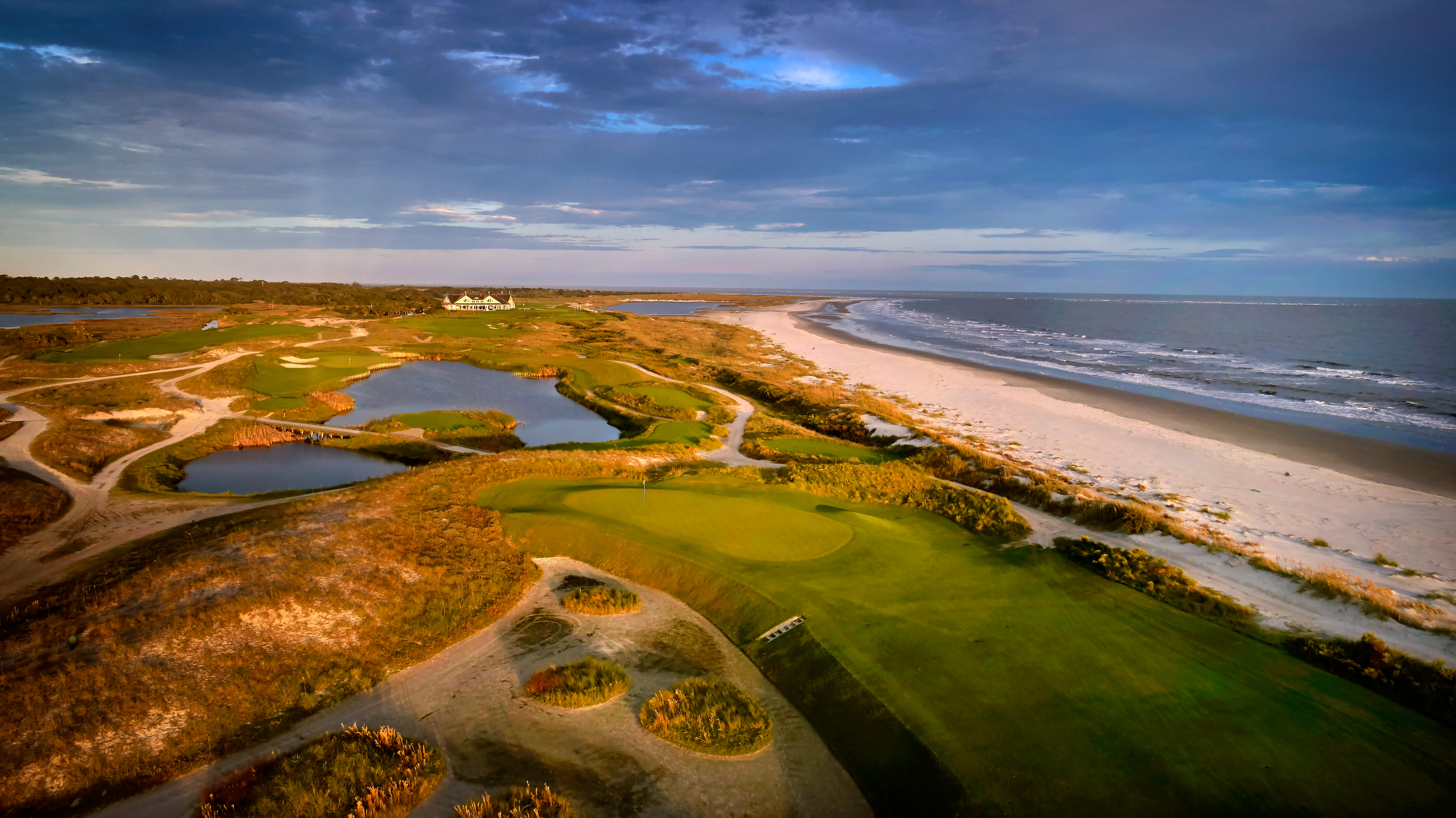
The finishing stretch of The Ocean Course at Kiawah Island.
Knowledgeable golfers hardly need much introduction to this marvel of a course stretched across two miles of Atlantic coastline. The 1991 Ryder Cup and subsequent PGA Championships in 2012 and 2021 have cemented its place in golf history. For visitors, it lives up to its fearsome reputation. Landing areas off the tee are generous enough, but there may be no more demanding second-shot course in American resort golf, especially if the wind is up. Recoveries around the green will test you to the limit, too. But at the end of the day, it’s okay, because you’re spending four and a half hours in one of the country’s most beautiful golf places.
2. Whistling Straits – Straits Course (Kohler, Wis.)

The 11th of of the Straits Course at Whistling Straits.
Much like The Ocean Course with the Atlantic Ocean, the Straits uses Lake Michigan to distract you while it pummels you. I find it gives us regular golfers a bit more of a sporting chance than The Ocean Course, though not by much – even from the proper set of tees, it can be daunting. But as is often the case on Dye courses, there is ample room to play if you don’t try to bite off more than you can chew. The fact that Dye completely manufactured the rugged, almost lunar dunescape in which the course sits makes it a stunning piece of land art.
1. Harbour Town Golf Links (Hilton Head Island, S.C.)
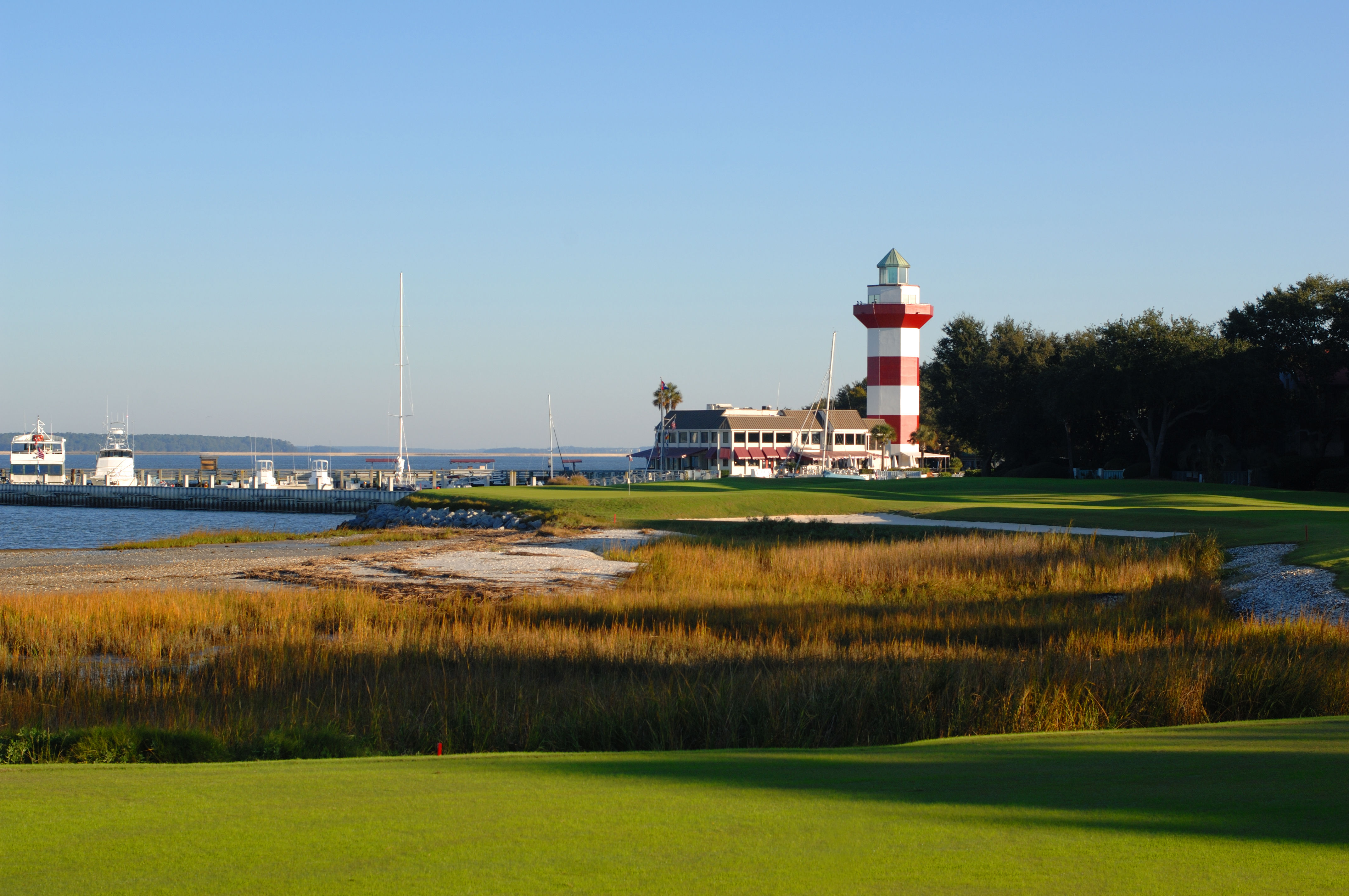
Harbour Town Golf Links' famed 18th green.
Harbour Town (1969) is one of the most influential American golf courses built since World War II. Its austere shaping through intimate corridors of trees poses a counterpoint to the showy, highly constructed courses of the modern era. It helped kick off the modern trend of incorporating real estate with golf (though few latter-day courses have gotten the mix as right as Harbour Town). It turned Jack Nicklaus into an architect, and launched the “signature” design trend. It also helped make Pete Dye a household name, providing a springboard to the other courses on this list. Add in the iconic lighthouse backdrop to the famous 18th hole and you have an American original golf course, built by an American original architect.
Honorable Mentions:
- Links at Perry Cabin – St. Michaels, Maryland
- Prestwick Golf & Country Club – Surfside Beach, South Carolina
- Southern Hills Plantation Club – Brooksville, Florida
- Wintonbury Hills Golf Club – Bloomfield, Connecticut
My Personal Pete Dye Wish List:
- TPC Sawgrass (Players Stadium Course) – Ponte Vedra Beach, Florida
- PGA WEST (Stadium Course) – La Quinta, California
- Casa de Campo Resort (Teeth of the Dog) – La Romana, Dominican Republic
- Oak Hollow Golf Club – High Point, North Carolina
Tim Gavrich is a Senior Writer for GolfPass, where he covers travel, architecture, equipment and more.
